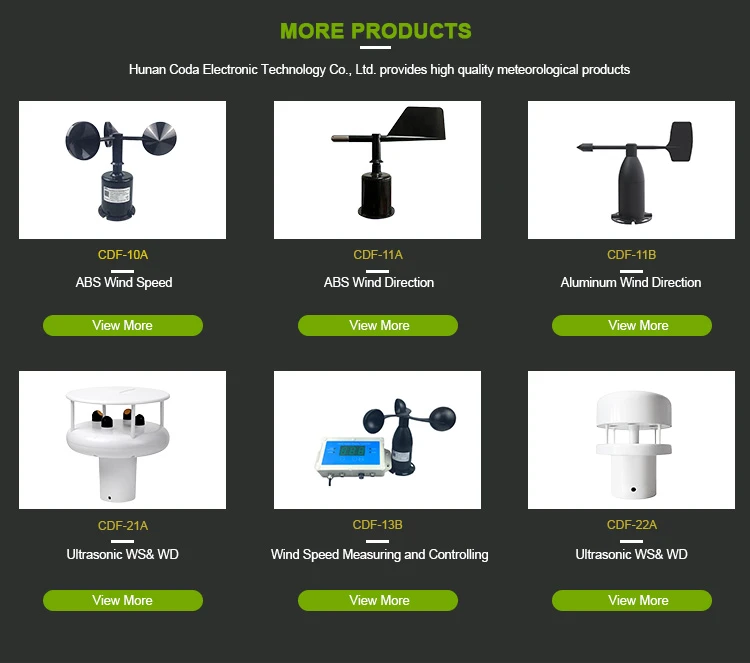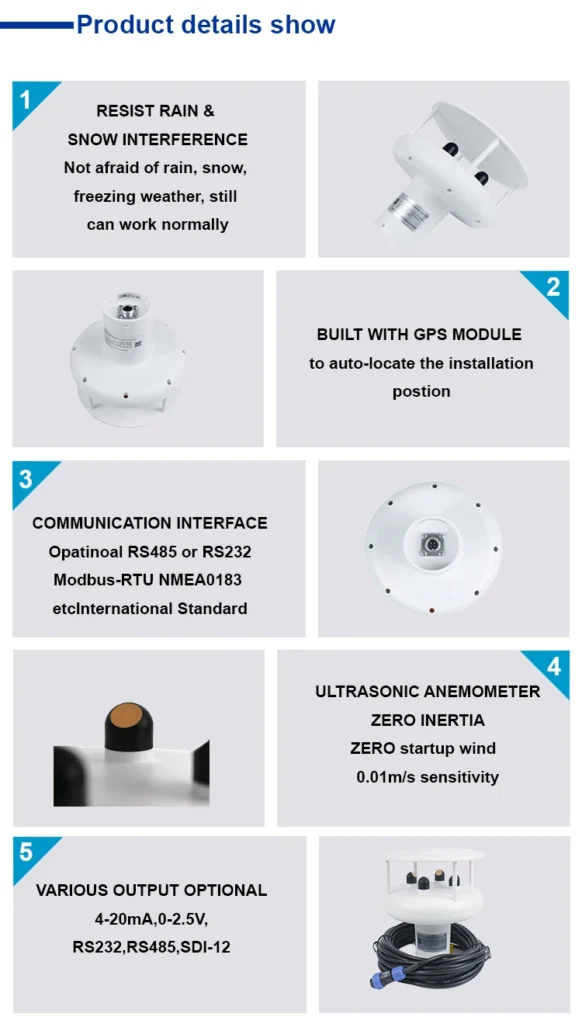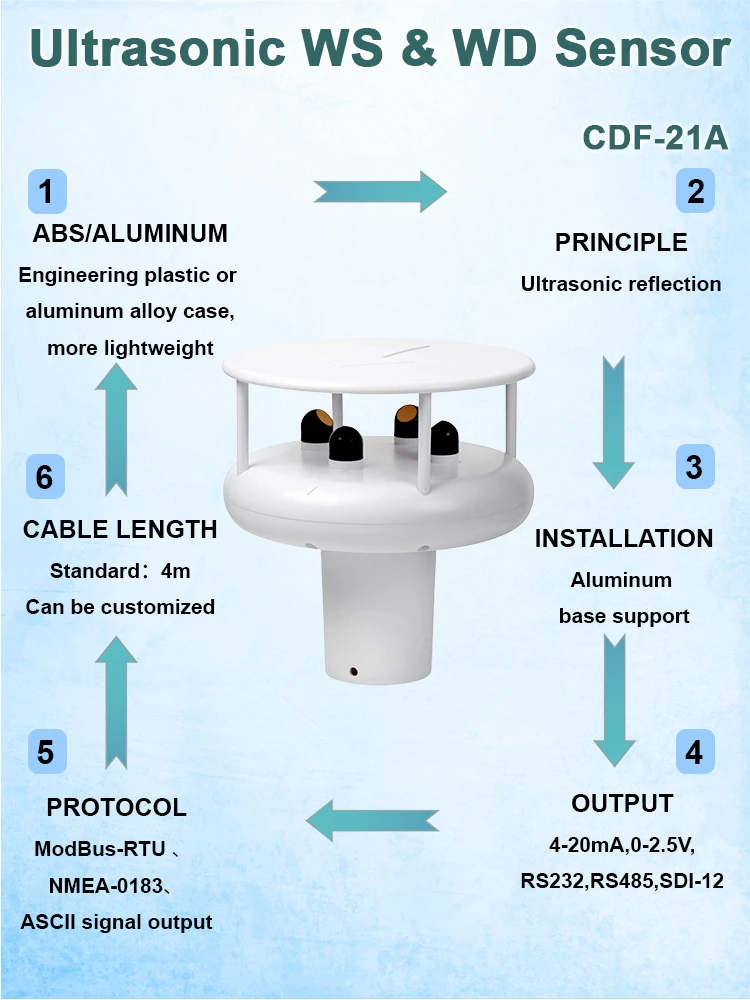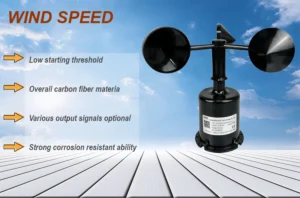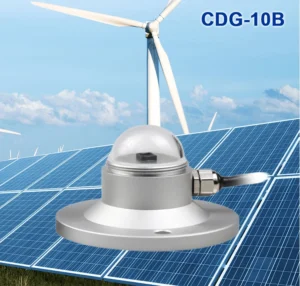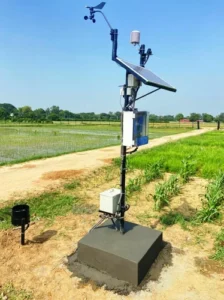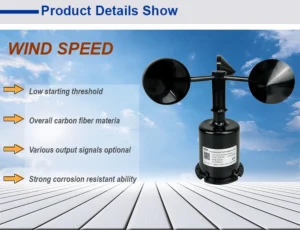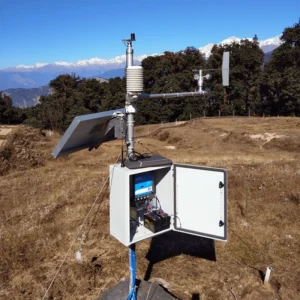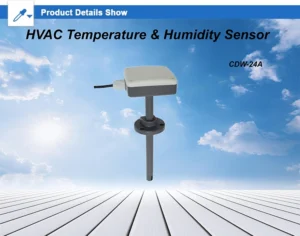Wind Speed Measuring Instruments for Sailing and Aviation
Wind speed measuring tools are important for safety and accuracy in sailing and flying. Measuring wind speed is important for traveling on open waters or at high altitudes. It impacts choices and how well things work.
This article talks about why these tools are important. It explains how they work. It also shows how they make practices safer and more effective in these industries.
Why Wind Speed Measuring Instruments Matter
Wind speed measuring tools are important. They give accurate data in real-time. This information helps people make good choices in sailing and flying.
It is important to know the wind conditions for safety and better performance. This applies whether you are on water or in the air.
In sailing, wind speed impacts almost every part of how a boat moves. It decides how fast a boat goes, how to adjust the sails, and its balance in direction. Sailors would have to guess without reliable tools.
This could lead to issues like inefficiency, low performance, or unsafe situations. Good measurements help sailors know what to expect. It also helps them improve their route and guard against sudden weather changes.
For pilots, wind speed is equally critical. It affects all phases of flight—route planning, takeoff, cruising, and landing.
Strong winds can slow down an aircraft. This can cause delays and use more fuel. On the other hand, tailwinds can improve efficiency.
Crosswinds make it harder to land. Pilots must make careful changes. Accurate wind data helps make better decisions and reduces risk in both cases.
Types of Wind Speed Measuring Instruments
Many tools can measure how fast the wind blows. Each tool is made for different uses in sailing and aviation.
1. **Anemometers**:
These are some of the most common tools for measuring wind speed. They come in different designs. Some are handheld for convenience, while others are mounted for continuous monitoring on boats or planes.
Anemometers have parts that move, like spinning cups or blades. They also use advanced tools, like ultrasonic sensors, to get readings.
2.**Airspeed Indicators**:
These devices are used in flying. They measure how fast an aircraft is moving through the air. When pilots use outside wind measurements, they can find their ground speed. This helps them change their flight path.
Both tools give helpful information. This helps us react quickly to changes in the environment.
Impact of Wind Speed on Sailing
Wind is essential for sailing. It powers boats and controls how they move. Knowing wind speed helps sailors improve their skills. It also helps them make important choices about navigation and performance.
For example:
In soft breezes, trimming the sails helps catch all the wind.
In strong winds, it is important to use less sail. This process is called reefing. It helps keep control and stops destabilization.
Wrong estimates can slow a ship down. They can also cause accidents, like capsizing in storms. Measuring wind speed helps sailors be ready and quick. It allows them to balance speed and safety.
Impact of Wind Speed on Aviation
In aviation, timing and precision matter a lot. Wind speed has a big impact on flight. Pilots must use wind data for every decision they make. This helps keep operations safe and efficient.
Some scenarios include:
– Change routes based on the current winds to save fuel.
– Adjusting for strong winds when taking off and while flying.
– Landing safely in strong crosswinds means finding the right angles to correct your approach.
Without good wind measurement tools, pilots would face risks from sudden forces. These forces could impact how well they perform and how safe they are. Wind data helps them improve many things, like fuel use and passenger safety.
Advantages of Using Wind Speed Measuring Instruments
Wind speed measuring tools are very useful for sailing and flying.
– **Improved Safety**:
These devices give users accurate information about current conditions. This helps them stay safe from strong winds or quick weather changes.
– **Improved Efficiency**:
Sailors can adjust their travel speeds and routes based on the wind. Pilots can cut delays and save fuel by checking the wind direction and speed.
– **Confidence in Decision-Making**:
Reliable data helps professionals trust each other. This is important in complex environments.
For sailors, it could mean winning a competitive race or steering clear of hazardous weather at sea. For pilots, this means flights are smooth. They get there on time, even if the weather is bad.
Conclusion: Essential Allies in Navigation
In summary, wind speed measuring tools are essential for people in sailing and aviation. These tools make safety better and help work faster. They give real-time information about the wind. The wind is one of nature’s most unpredictable forces.
By using these tools, people in both fields can face challenges with confidence, skill, and accuracy. They help us travel across oceans and skies all over the world. They are dependable partners in making every trip a success.
